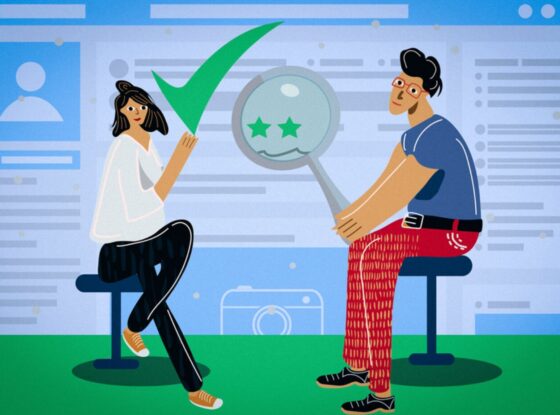
Navigating the Challenges of Misinformation and Copyright Attribution
By Francis Beland, Executive Director, OASIS Open
Misinformation and copyright attribution each present unique challenges in the digital age, but they also intersect and present several mutual grand challenges:
1. Detecting and Tracking Content: AI technologies like deep learning can be used both to create and detect deepfakes and other forms of synthetic media. At the same time, these technologies can also be used to identify copyrighted content and enforce rights.
2. Digital Attribution: For both misinformation and copyright, there’s a grand challenge of attributing digital content to its true source. This can involve technologies like digital watermarking, blockchain, and others.
3. Balancing Rights and Freedoms: In both areas, there’s a delicate balance to be struck between protecting rights (such as copyright or the right to truthful information) and preserving essential freedoms (like the freedom of speech or of the press).
4. Adapting to Rapid Technological Change: The rapid pace of technological change presents a mutual challenge in both fields. New technologies can enable new forms of misinformation or new ways to infringe on copyrights, and laws and regulations often struggle to keep up.
5. Education and Awareness: Finally, there’s a mutual challenge in educating the public about these issues. Many people lack a clear understanding of what copyright is and why it’s important, and similarly, many people struggle to identify and deal with misinformation.
These mutual challenges highlight the need for an interdisciplinary approach that brings together expertise from fields like AI, law, ethics, education, and communication, among others.